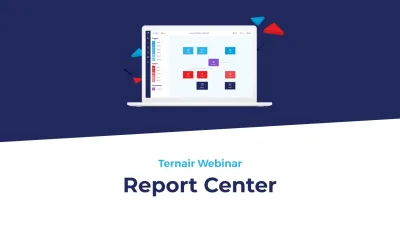One of the most effective ways to re-engage inactive customers is through a re-activation campaign. What exactly does a re-activation campaign entail, why are they crucial to your business and how do you set them up effectively? In this blog, we'll dive deeper into these questions and discuss how you can create successful re-activation campaigns with Ternair.
What is a Reactivation Campaign?
A re-activation campaign is a marketing strategy aimed at customers who have been inactive for a certain period of time. This means they have not interacted with your emails, made purchases or visited your website. The goal of a reactivation campaign is to get these customers active again through targeted communications, such as personalized emails, special offers and reminders.
"Open rates for reactivation emails are typically between 10-15%, which is often higher than the open rates for standard marketing emails."
Why are Reactivation Campaigns Important?
Retaining existing customers is often cheaper than attracting new ones. Plus, existing customers are often already familiar with your brand and products, meaning they have a lower barrier to repurchase. Here are some reasons why re-activation campaigns are important:
Cost savings: It is more expensive to acquire new customers than to retain existing ones. Reactivation campaigns can help lower the cost of customer acquisition.
Increased customer loyalty: By re-engaging inactive customers, you can restore and even strengthen their loyalty.
Higher ROI: Active customers are more likely to make purchases, which directly contributes to your revenue and return on investment (ROI).
Data optimization: Reactivation campaigns help update customer data, which is valuable for future marketing efforts.
"Companies that deploy reactivation campaigns often see conversion rates's of 1-3%, meaning 1-3% of inactive customers become active again."





